Nextchem & Paul Wurth join forces to develop innovative low-carbon solutions for the steel industry
June 11, 2021 12:25 pm
The objective is to develop advanced technological solutions for the combined use of electrolysis and syngas production in the iron and steel industry.
Maire Tecnimont Group’s subsidiary NextChem, and Paul Wurth, a company of the SMS Group and one of the leading technology providers for the steel industry, will join forces to promote the combined use of electrolysis and syngas production in the iron and steel industry. The cooperation between NextChem and Paul Wurth is aimed at developing an advanced technological solution to convert natural gas into synthesis gas, known as syngas, to be used during iron ore reduction.
The utilisation of syngas (a mixture of carbon monoxide and hydrogen) allows for the decrease in the portion of fossil fuels required, thus reducing CO2 emissions in steel production process. On the path of the energy transition and industry decarbonisation, NextChem and Paul Wurth will combine their respective knowledge and expertise to study the integration of electrolysis technology into the syngas production scheme, with the aim of producing low-carbon steel at a competitive cost.
Introducing green hydrogen into the metallurgical process allows for the further lowering of the volume of coke required and reduces the carbon footprint of steel plants. Pierroberto Folgiero, CEO of Maire Tecnimont Group and NextChem commented, “Integrating electrolysis in the revamping of steel furnaces is one of the most interesting challenges nowadays. We are really proud of this agreement, which strengthens the existing alliance between Maire Tecnimont and Paul Wurth to develop low carbon impact solutions in a hard-to-abate sector like the steel industry.
Thomas Hansmann, Chief Technology and Operations Officer of Paul Wurth says, “Today, together with a long-standing partner, we have taken another fundamental step towards carbon-neutral ironmaking. It is only by joining know-how that we can achieve a faster energy transition and the decarbonisation of the steel industry”.
Cookie Consent
We use cookies to personalize your experience. By continuing to visit this website you agree to our Terms & Conditions, Privacy Policy and Cookie Policy.



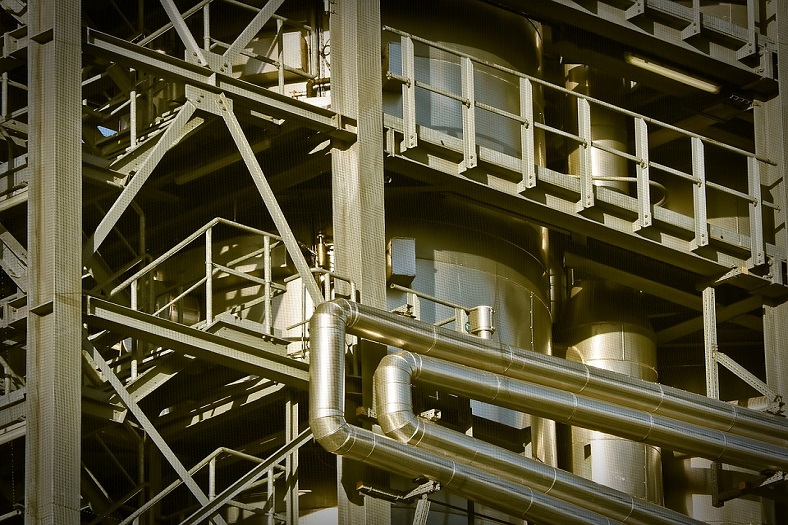
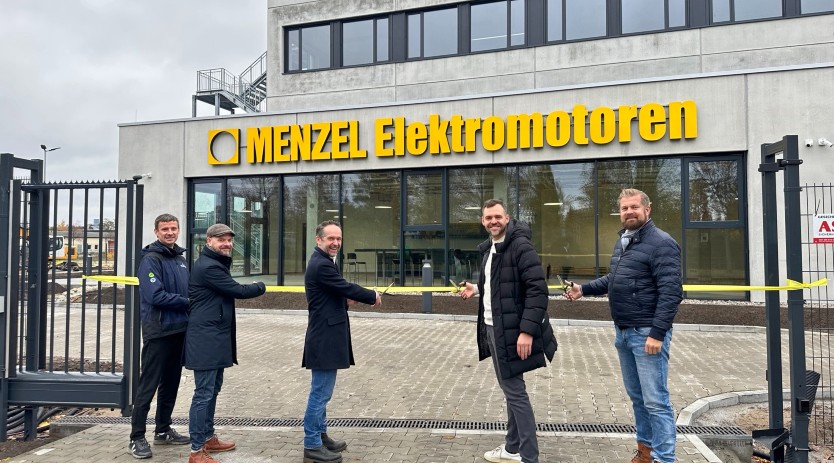
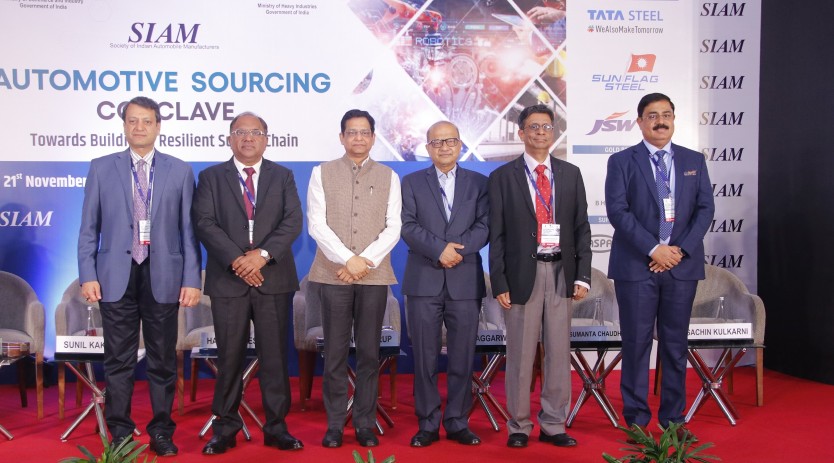
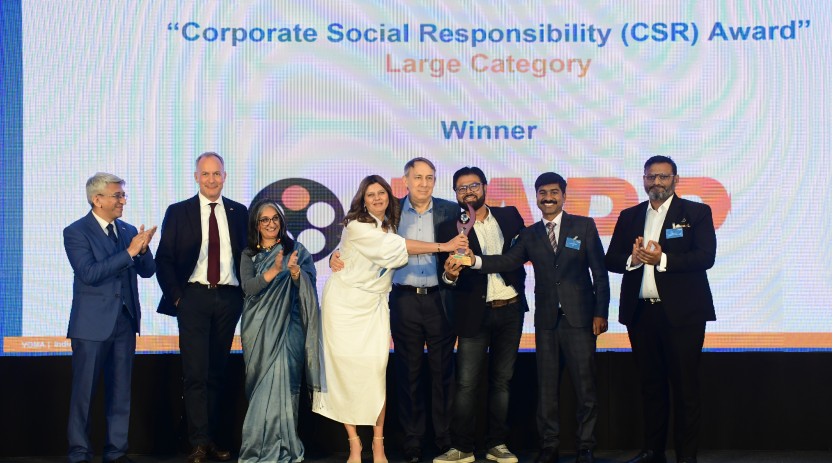



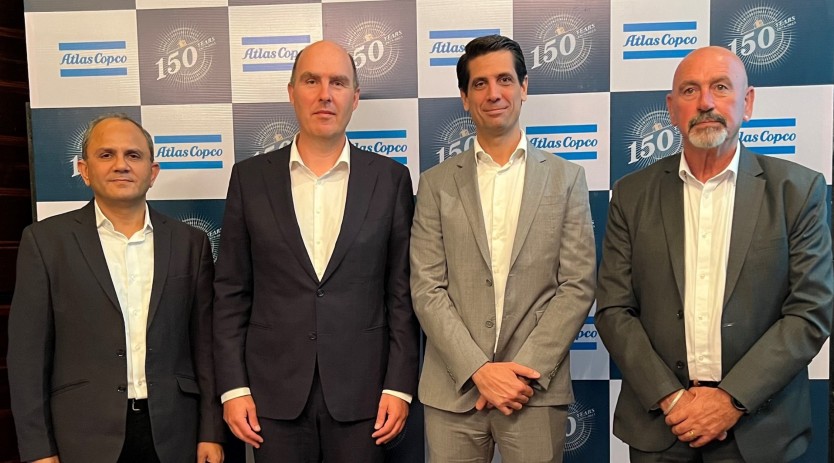
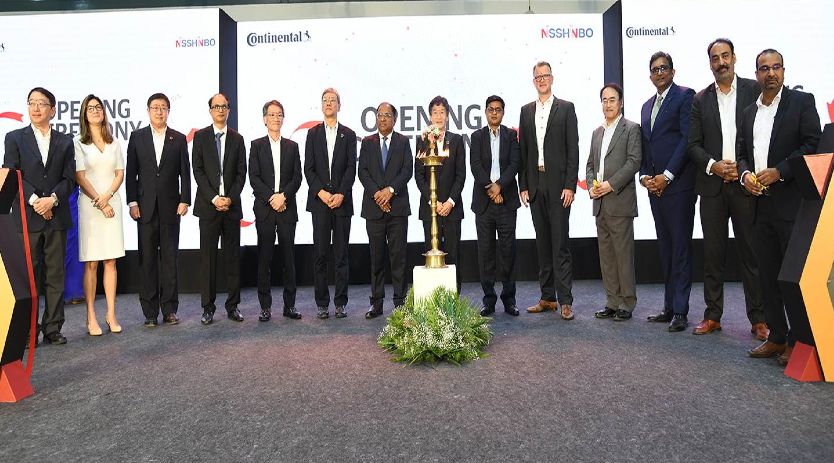

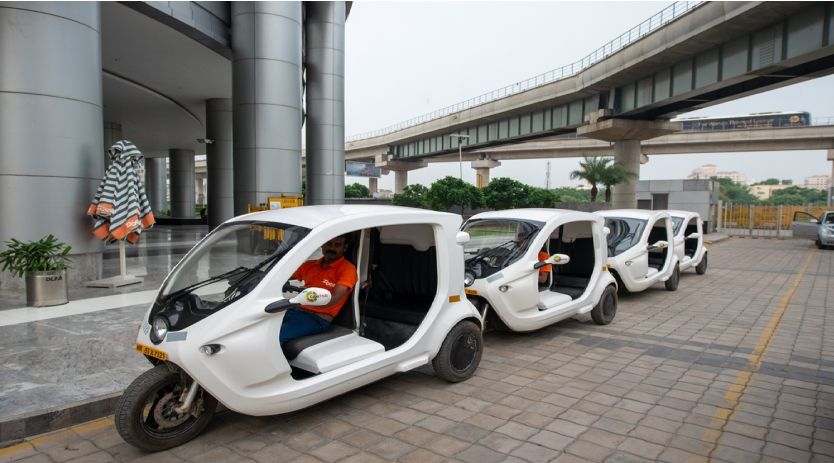





 English
English Hindi
Hindi